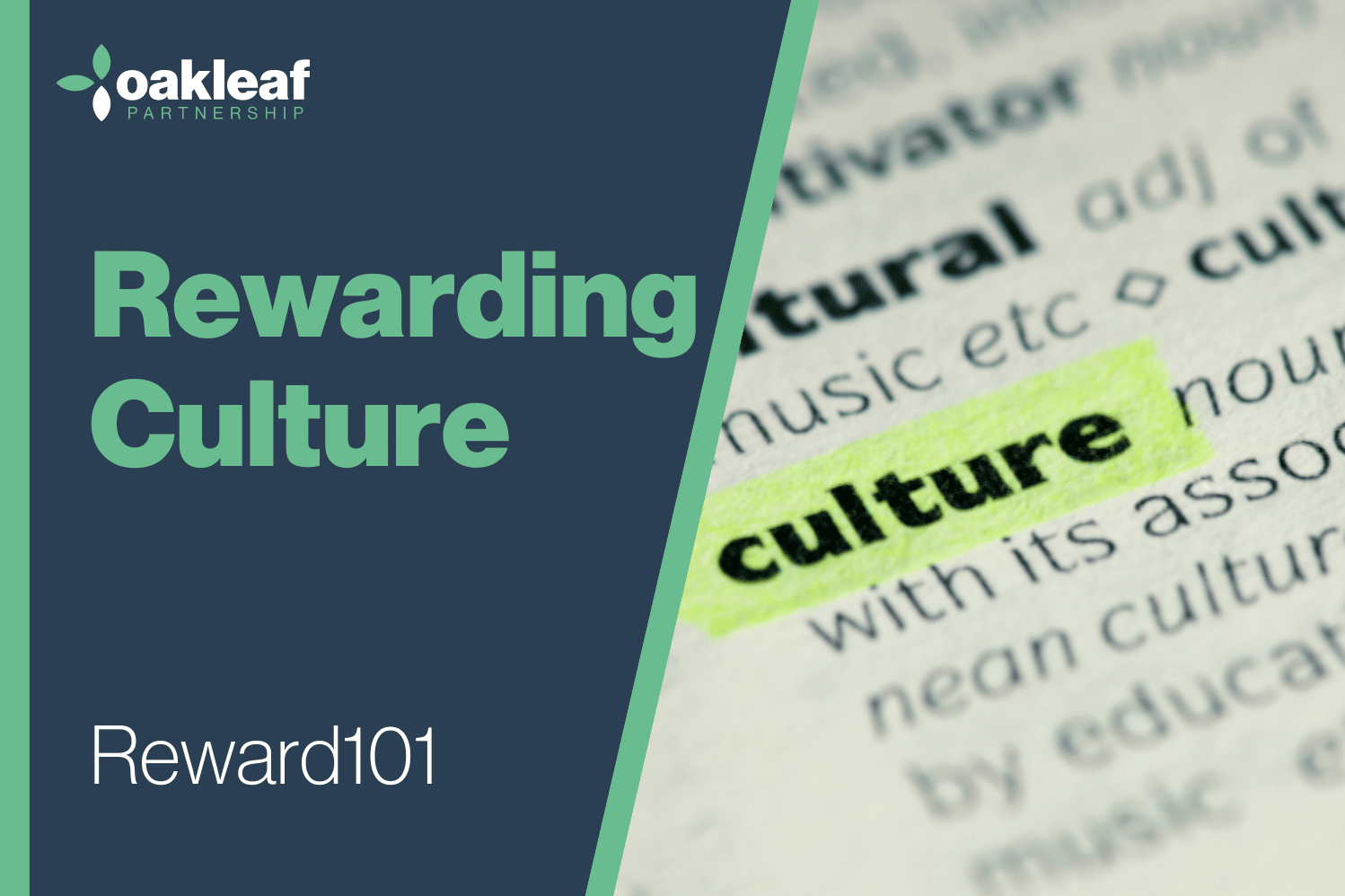
Elizabeth Kerry
Senior Consultant - Reward, Analytics and HR Technology
Rewarding Culture
By Elizabeth Kerry – Senior Consultant – Reward, Analytics and HR Technology
Typically speaking, we make employees feel valued with money right? Well not necessarily. With the financial crisis in full effect, unfortunately, pay increases are not going to match inflation. The majority of businesses are offering a percentage increase across the board, but is this enough? General consensus is sadly, no. That without better communication throughout organisations, it simply won’t be.
Therefore, from a Reward perspective, what are firms doing to incentivise employees? I decided to do a little digging.
A big theme I have found was wherever possible, firms were offering discounts on their products or services. Another popular incentive is the offering of Financial Wellbeing education. Teaching people to be in control of their finances. Knowing that bills will be taken care of, or planning for a rainy day, and so creating that feeling of security. Other firms are doing a one-off cost of living payment to help employees in the short term. Typically, this comes in the form of a one off flat rate payment across the board. These payments should not impact on the cost of any other reward elements, and whilst employees will be grateful, it is likely this will be a short-lived solution. There is not sustainability and could potentially cause problems with people on universal credit.
Wellbeing, both financial and from a personal point of view also comes back around to better dialogue. Communication in these times being key. Communicating with employees makes them feel seen and valued.
Various wellbeing research shows that feeling valued in your role primarily comes from office culture. Remember meeting colleagues around the coffee machine the morning after the Christmas party and trading notes on all the gossip? When was the last time you put balloons around the desk of your work bestie’s desk for their birthday? Since the pandemic, flexible and home working have become the norm. The consensus on this is a giant “Hooray!” throughout the masses, but research shows this is creating significant impact on company culture.
A startling statistic is that only 1 in 2 employees feel valued and 1 in 10 don’t feel valued at all. This all circles back to a main key point, Culture. Culture was previously found in the office and reinforced 5 days a week. Office values, and characters all had their place in the room, however now we all but need name badges to recognise our colleagues. This is the result of people are working from home more and coming in less. Culture used to happen organically but now we need to intentionally build it.
Businesses can do this by putting in new initiatives and programmes to build culture. One way to do this is positive reinforcement. Celebrating life together – buying a house – having a baby, this is cause for a celebration. Firms need to be thinking, how do I create human connection moments?
On top of creating culture, social employee recognition is also financially beneficial. Research shows that for every £50 spent in recognition, be it in vouchers, or an impromptu social event, this is tantamount to £500 in a pay out of either bonus or increase in compensation. Statistically ten times more effective financially.
As little as 8 years ago people didn’t believe in the power of the “soft” approach. The thank yous, and making people feel valued. However, client data shows that when an individual is celebrated 4-6 times a year, they are 50% more likely to stay in their role and their sense of inclusion is doubled. Creating a preventative as opposed to a reactive environment in office culture will save the £16million in turn over costs and £20million in wellness intervention. These statistics are based on average companies with a 10,000 headcount.
I would love to hear how your businesses are approaching reward in these challenging times. Please reach out to continue the conversation.
